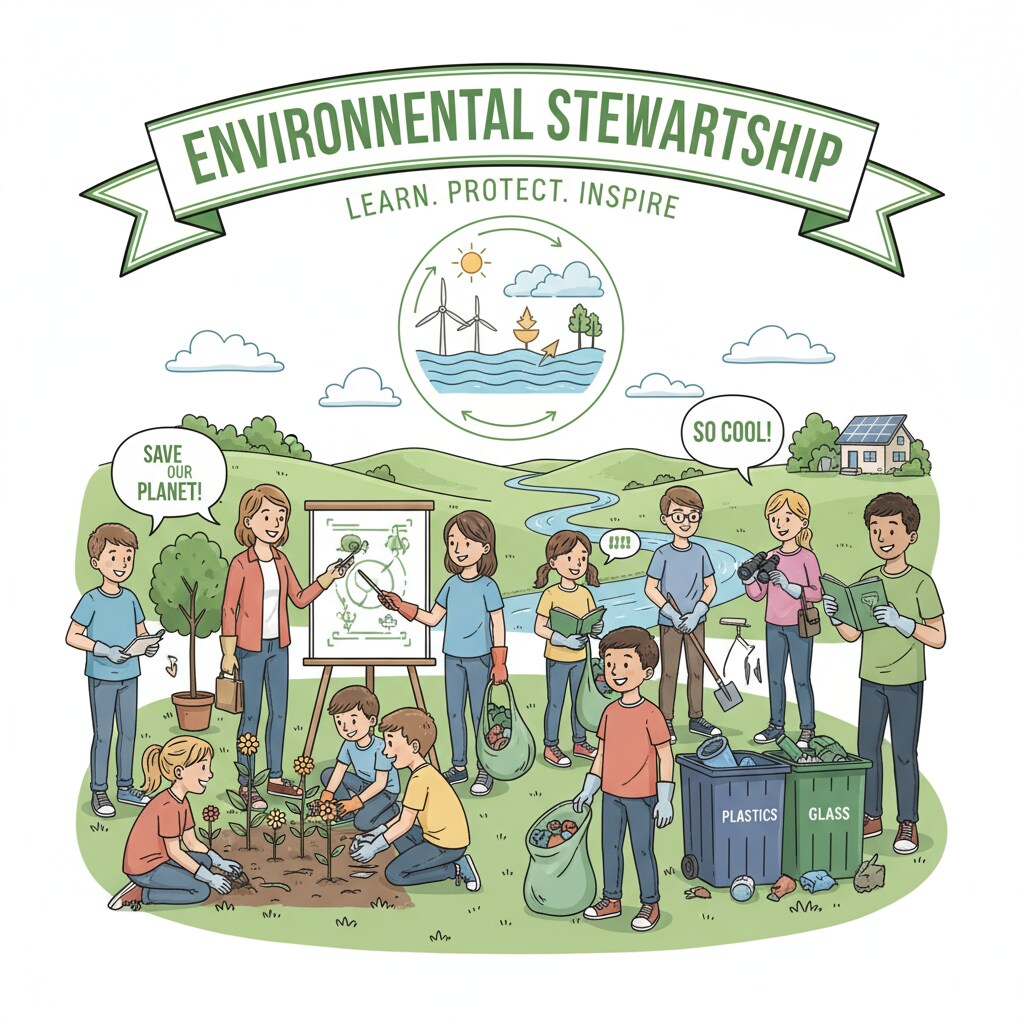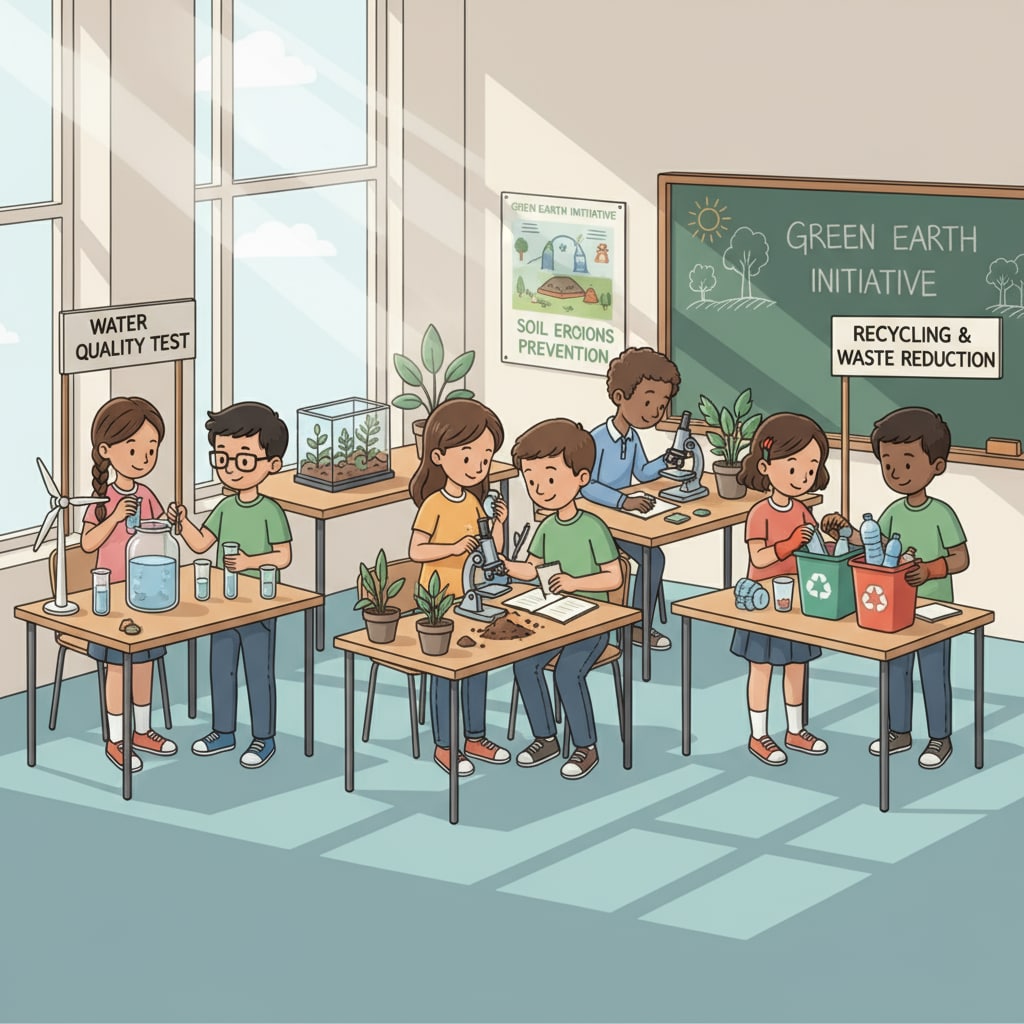Conservation education in K-12 schools plays a pivotal role in fostering social change towards a more sustainable world. As children are the future stewards of our planet, the knowledge and values instilled during their K-12 education can significantly influence their environmental actions in adulthood.

This article delves into the current state of conservation education in K-12 schools globally, examines its impact on social environmental action, and proposes strategies to enhance its effectiveness.
The Current State of Conservation Education in K-12 Schools
In recent years, there has been a growing recognition of the importance of conservation education in K-12 curricula. Many schools around the world have started incorporating environmental topics into their teaching. However, the implementation varies widely. Some schools have comprehensive programs that cover a range of environmental issues, from biodiversity to climate change. For example, in Scandinavian countries, schools often have strong environmental education initiatives integrated into various subjects. Environmental education on Wikipedia On the other hand, in some regions, conservation education may be limited to occasional lessons or extracurricular activities. This inconsistency in implementation can affect the depth of understanding students gain about environmental conservation.

The Impact on Social Environmental Action
K-12 conservation education has a far-reaching impact on social environmental action. When students are educated about environmental issues in school, they are more likely to develop a sense of responsibility towards the environment. This awareness can translate into individual actions, such as reducing waste, conserving energy, and promoting sustainable transportation. Moreover, these students can become agents of change in their communities. They may inspire their families, friends, and neighbors to adopt more environmentally friendly practices. Environmental education on Britannica For instance, a student who learns about the importance of protecting wildlife in school may encourage their family to participate in local conservation projects.
Furthermore, K-12 conservation education can also influence future generations of policymakers, scientists, and business leaders. By instilling environmental values early on, we can create a workforce that is more environmentally conscious and committed to sustainable development. This, in turn, can lead to broader social changes at the policy and corporate levels.
Readability guidance: As we can see, the influence of conservation education in K-12 schools extends beyond the individual. It has the potential to shape the collective environmental actions of society. However, to maximize this impact, we need to address the challenges in current conservation education practices.
Strategies to Enhance Conservation Education in K-12 Schools
- Teacher Training: Provide professional development opportunities for teachers to enhance their knowledge and skills in environmental education. This will enable them to deliver more engaging and effective lessons.
- Integrated Curriculum: Integrate conservation education across different subjects, such as science, geography, and art. This approach will help students see the interconnectedness of environmental issues with other aspects of life.
- Real-World Experiences: Organize field trips, nature walks, and community service projects related to environmental conservation. These hands-on experiences will deepen students’ understanding and appreciation of the environment.
- Partnerships: Foster partnerships between schools, environmental organizations, and local communities. This collaboration can provide additional resources and opportunities for students to engage in conservation activities.
In conclusion, conservation education in K-12 schools is a powerful tool for driving social change towards environmental sustainability. By improving the current state of conservation education, we can empower the next generation to take meaningful action and create a greener future. The efforts invested in K-12 conservation education today will have a lasting impact on the social environmental actions of tomorrow.


